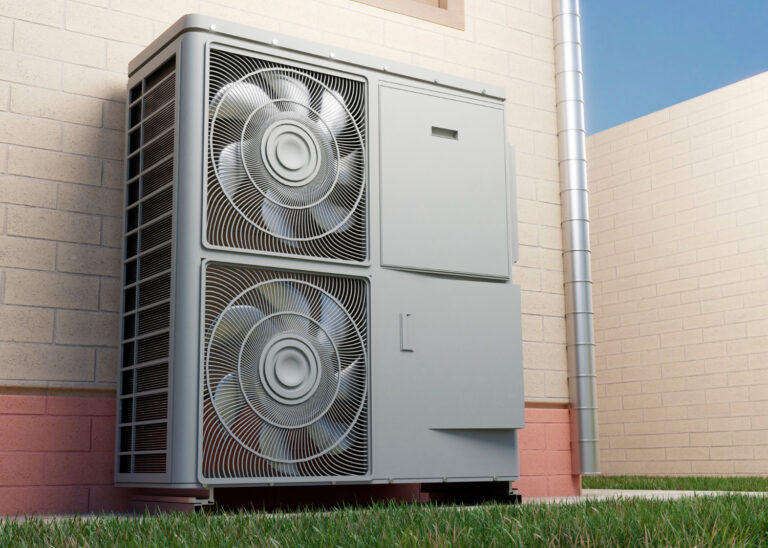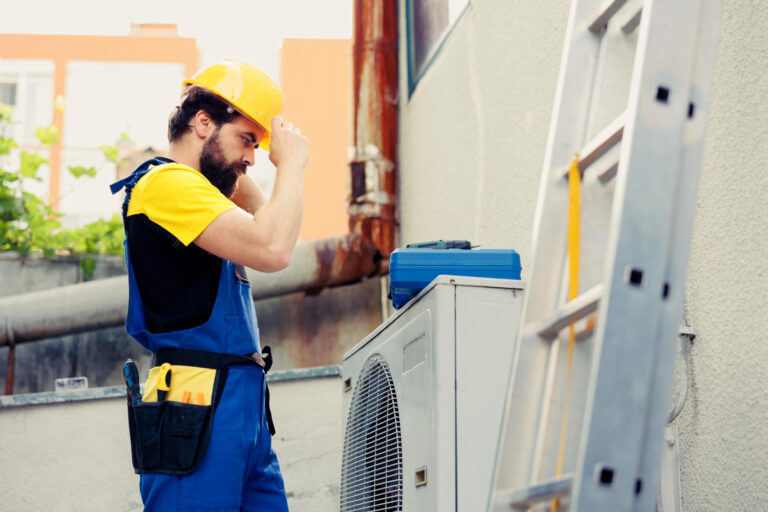DIY Guide: How To Service Your Furnace
While some aspects of furnace maintenance are best left to professionals, there are several DIY steps you can take to keep your furnace running smoothly. This comprehensive guide, brought to you by Greer’s Banner Air of Bakersfield, Inc., walks you through essential steps to maintain your furnace and recognize when it’s time to call a technician for furnace repair in Bakersfield, CA.
Why DIY Furnace Maintenance Matters
Regular furnace service in Bakersfield, CA is a proactive approach that saves you from costly repairs and sudden breakdowns. It also extends the life of your heating system and ensures it operates at peak efficiency. With our step-by-step DIY guide, you can take charge of your home’s comfort and budget. Let’s get started.
Safety First: Precautions Before Servicing
Before diving into furnace maintenance, your safety is paramount. Always start with the following precautions:
- Turn Off the Power: Locate the circuit breaker or power switch for your furnace and turn it off.
- Allow Cooling Time: Wait at least 30 minutes after turning off the power to ensure the furnace cools down.
- Gather Safety Gear: Wear gloves and safety glasses to protect against sharp edges and dust.
Understanding The Anatomy of Your Furnace
A basic understanding of your furnace’s components is essential. Here are the main parts you’ll be dealing with:
- Furnace Filter: The filter helps purify the air before it’s heated and distributed throughout your home.
- Blower Assembly: This component is responsible for pushing warm air into your ductwork.
- Burners: Burners are where the fuel is ignited to create heat.
- Thermostat: The thermostat controls the temperature settings in your home.
- Pilot Light: In older systems, the pilot light is responsible for igniting the burners.
- Flue Pipe: The flue pipe carries combustion gases away from your home.
- Condensate Drain: This is responsible for safely removing condensation produced during the heating process.
- Electrical Connections: Wires and connectors that help your furnace function.
Cleaning And Lubricating Furnace Components
Keeping your furnace clean and properly lubricated is vital for its longevity and efficiency. Here’s how to tackle this essential maintenance task:
Changing the Furnace Filter
- Locate the filter, usually near the blower, and remove it.
- Replace with a new filter, making sure it’s the right size and type for your furnace.
- Set a reminder to check and change the filter every one to three months.
Cleaning the Blower Assembly
- Carefully remove the access panel covering the blower assembly.
- To remove debris or dust, gently clean with a soft brush or vacuum.
- Ensure that the blower’s fan blades are clean and free from obstructions.
- Lubricate the blower motor if it has oil ports (consult your furnace’s manual).
Lubricating Moving Parts
- Identify any moving parts, such as the blower motor and bearings.
- If your furnace’s manual recommends it, add a few drops of lubricating oil to each bearing.
- Be cautious not to over-lubricate, as this can cause damage.
Checking And Cleaning The Burners
Maintain clean and efficient burners for proper heating:
Inspecting the Burners
- The gas supply to your furnace must be turned off.
- Carefully remove the burner access panel.
- Examine the burners for any signs of corrosion, rust, or debris.
Cleaning the Burners
- Gently clean the burners with a soft brush or cloth.
- Clear any blockages, including dust and dirt, from the burner ports.
- Ensure the burners are properly aligned and securely in place.
Monitoring the Startup Cycle For Smooth Operations
Part of furnace maintenance includes monitoring how it starts up:
- Turn on the Power: After completing the above cleaning and lubrication tasks, turn the power back on to the furnace.
- Monitor the Startup: Pay attention to the entire startup cycle, from when you turn up the thermostat to when the blower starts distributing warm air.
- Listen for Odd Noises: Unusual noises, like banging or rattling, could indicate an issue requiring professional attention.
- Observe the Flame: If your furnace has a visible flame (like in older models), ensure it’s blue and steady. A flickering or yellow flame can indicate problems.
- Check the Thermostat: Confirm that the thermostat reaches the desired temperature and shuts off the furnace when it does.
Recognizing When To Call A Professional
While these DIY maintenance tasks are beneficial, there are times when a professional’s expertise is required. It’s crucial to recognize when to call for help:
- Strange Odors: If you detect unusual or pungent odors, like gas or burning smells, shut off your furnace and contact a professional immediately.
- No Heat: If your furnace isn’t providing heat, despite your DIY efforts, it’s time for an expert to diagnose and repair the issue.
- Carbon Monoxide Detector Alert: If your carbon monoxide detector alarms, leave your home immediately and call for professional assistance.
- Frequent Cycling: If your furnace frequently turns on and off, it may need professional attention to prevent wear and tear.
- Unusual Sounds: Rattling, squealing, or banging noises are often signs of issues requiring professional inspection.
- Older Furnaces: If your furnace is more than 15 years old, it may be time for an upgrade to a more efficient model.
By following these DIY steps and knowing when to call a professional, you can maintain your furnace for optimal performance and peace of mind.
Greer’s Banner Air of Bakersfield, Inc. is your trusted partner for furnace repair in Shafter, CA, and the Bakersfield area. If you have questions, need professional service, or want expert advice on furnace repair in Bakersfield, CA, don’t hesitate to contact us. Our skilled technicians are ready to assist you, ensuring your home stays warm and comfortable year-round. Take control of your furnace’s health today for a cozy, worry-free winter season.







